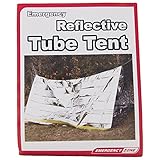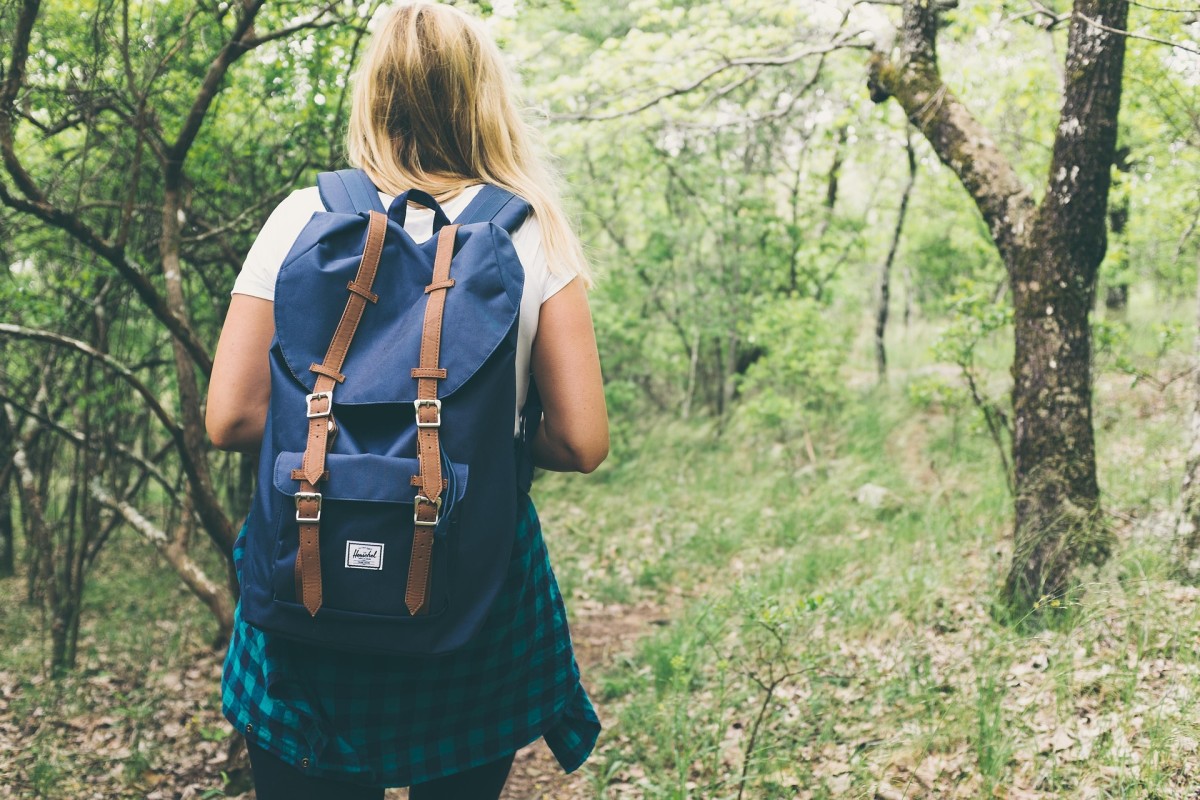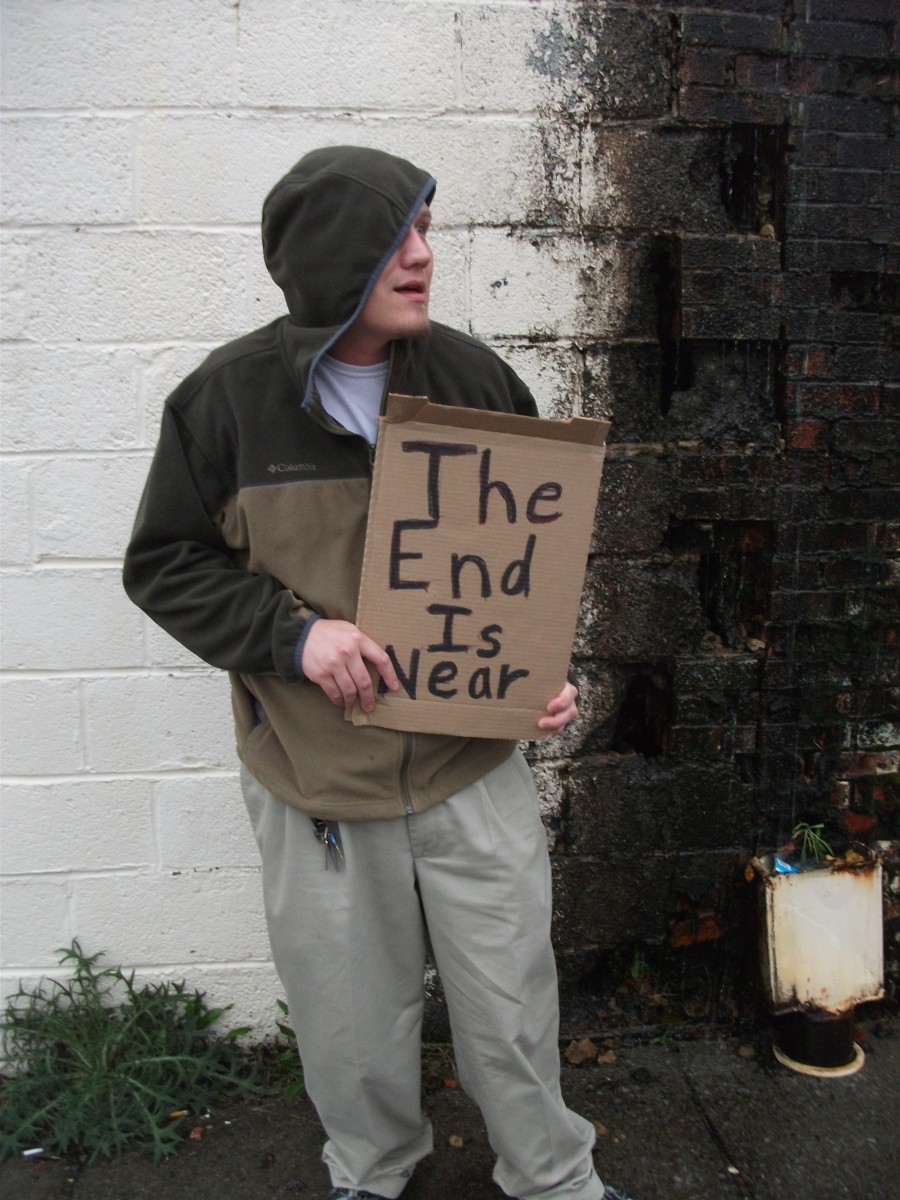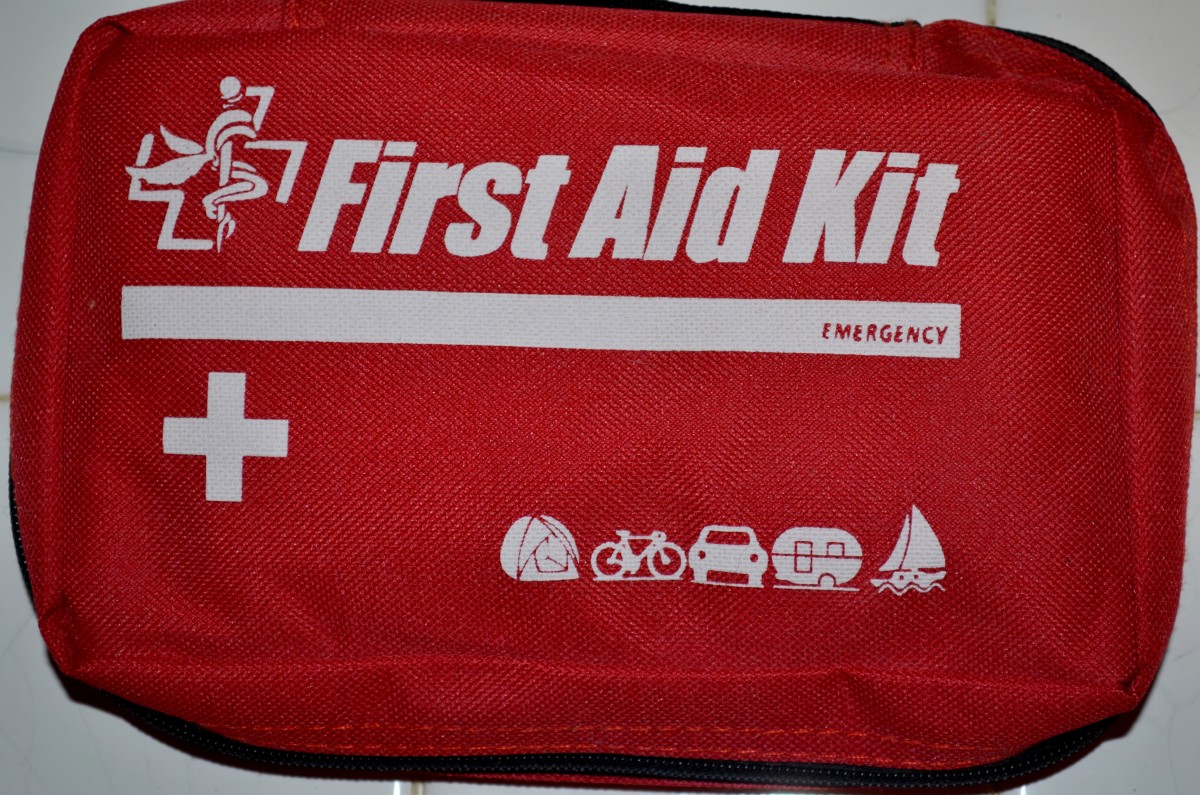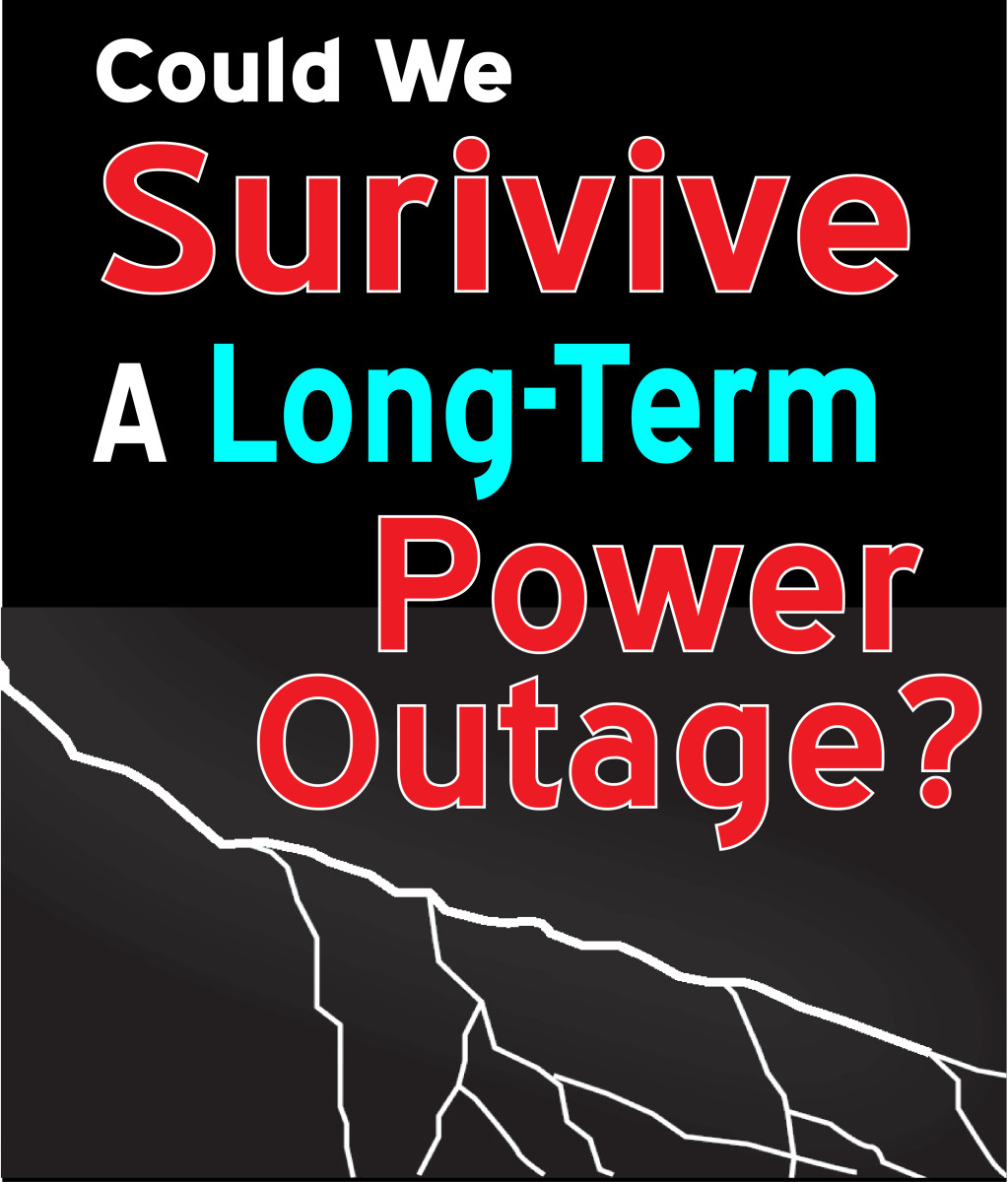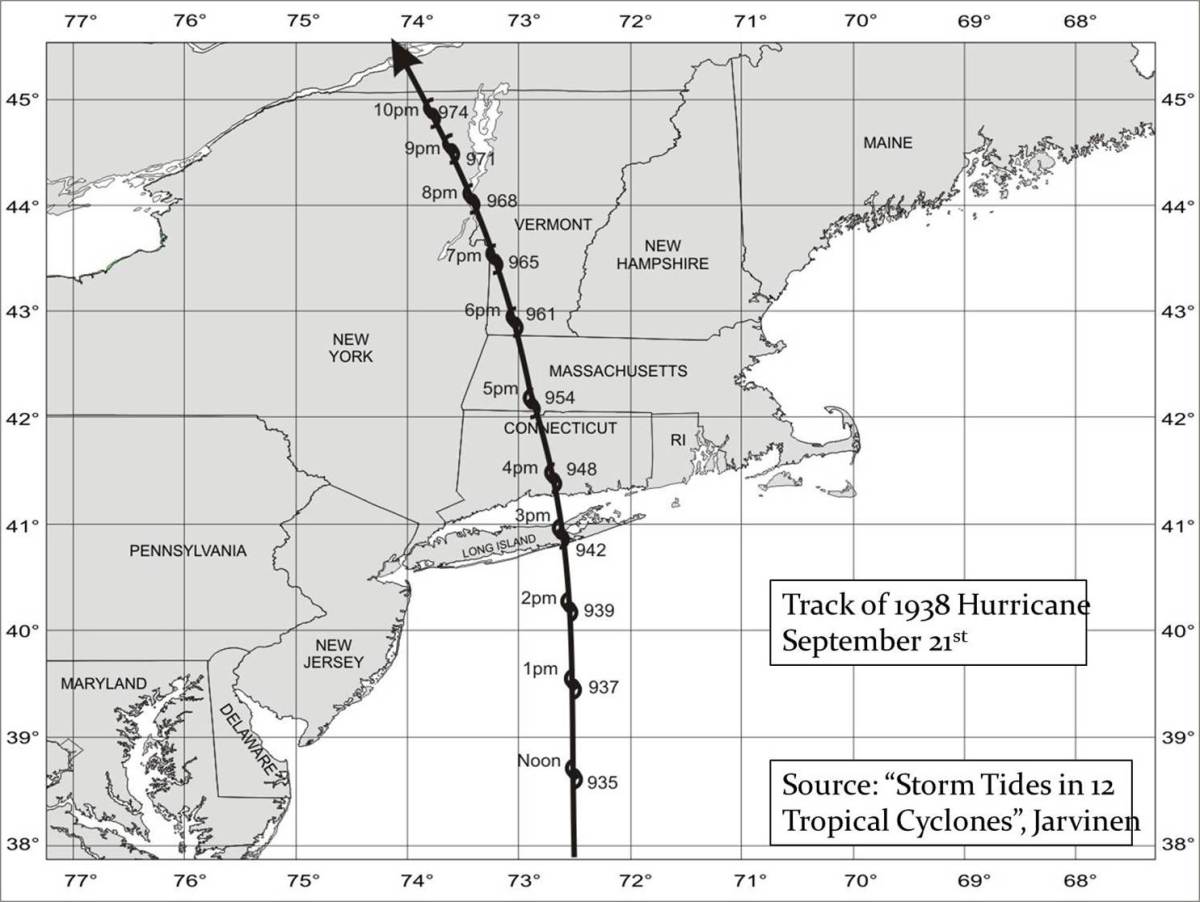Earthquake Kit - Make Your Own
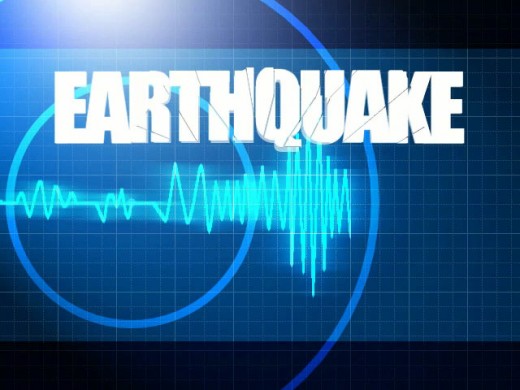
Earthquake Kit on Amazon
Japan, 11th March 2011. The greatest earthquake ever recorded in the country, measuring a whooping 8.9 degrees on the Richter scale, hit the country. Followed by a tsunami wave, it claimed a great number of lives, even in a country where citizens are used to such events.
As very many of us live in areas that are prone to seismic activity, it is useful to know what to do and what to have handy in case the next big one hits close to home. Are we prepared enough to take care of ourselves and our loved ones?
What is an earthquake kit?
Simply put, it is a collection of useful things to have handy in the event of an earthquake. These are things you may need in order to survive in the aftermath of the disaster, because you will most likely have limited access to services, health care, food and water. Having an injury can also make things much more complicated.
How should an earthquake kit look like?
You can buy one that has already been prepared, but maybe it is a better idea to make it yourself. This way you will always know what it contains, so that in the event of an emergency you won't waste any time figuring out how to use the materials included.
The earthquake kit must contain essential things necessary to survival. A heavy bag will be difficult to carry if you're injured for example. Some of the items mentioned here are not meant to be taken if you leave the house, but are useful to have next to your emergency bag (fire extinguisher, larger jugs of water). Having things organized in advance will buy you precious time.
What will I need?
The purpose of this hub is not to give you an exhaustive, extra-long list of objects you may need, because in the event of an earthquake you only need to be able to survive without assistance for a short while.
Of course, there may be natural disasters you cannot prepare for, but nowadays it mostly takes a couple of days for emergency services to get organized and help you out. Depending on where you live in the world, local emergency response capabilities may not be the same (living in a major city in a developed country usually means a faster response). You should check the Internet for information concerning your country's emergency response plan.
To prepare for an emergency, try to focus on a few essential areas:
1. First aid/medical care
An earthquake is of course a very violent event. The risk of personal injury is very high. You or your loved ones might be severely injured and ambulances simply cannot reach you fast enough. For these reasons you should take the time to familiarize yourself with first aid techniques. Even just theoretical knowledge could save your life! If you can't take first aid classes, at least try to read about it.
First aid videos:
- First aid for minor injuries
- First aid for penetration wounds
- How to apply a pressure bandage
- How to use a splint on a lower leg fracture
There are of course many more videos on youtube.
For providing first aid and basic medical care you don't need to be a health care professional. You just need to be able to stop any bleeding, to splint a broken limb, to prevent infection. Therefore, your kit should include:
- sterile bandages + a lot of gauze -- bandaging any wounds should be of utmost importance. Left untreated, they may become infected. After a thorough cleaning of the wound a sterile bandage should be applied and secured with gauze.
- some tape -- Tape has lots of uses in a disaster. First aid uses may include sticking gauze, securing splints etc.
- antiseptic solution -- I recommend having two things: hydrogen peroxide 3% solution and another, stronger antiseptic (Betadine, Chloramine, Iodine solution, Rubbing alcohol etc.).
After cleaning the wound with water it is good to use the hydrogen peroxide, which does not hurt very much when poured on an open wound and has a bubbling effect, this way clearing any debris. You should follow this with the other antiseptic. Antiseptics such as Betadine are very effective and do not hurt when put on a wound.
- a few over the counter drugs -- An OTC analgesic such as Ibuprofen or Acetaminophen(Paracetamol) will come in handy to ease any pain caused by injuries. Ask for the correct dosage and do not abuse even the most common drugs because in a stressful situation such as a disaster, you body might not react well to a high dose.
- material for splinting (sticks, pipes etc) -- You can be creative here. Anything that can keep a limb straight line is good. Such things will be definitely difficult to carry around so you can just keep them handy, close to your kit. Splinting is important in the case of broken bones because it will greatly decrease pain.
2. Keeping warm
You should be able to keep warm after an earthquake. Earthquakes can strike at any time, even during a winter blizzard. Gas mains can be broken, electricity may not be available for many days. Try to have:
- a blanket
- something with which to start a fire (lighter and matches - packed in a plastic bag to keep them dry)
3. Light
Electricity will often not be available for a while, lamps may be broken. Aside from the obvious reason, having light can help you psychologically in the aftermath of the earthquake.
- a flashlight with good batteries or better yet a self rechargeable flashlight will be of great help.
4. Safety
Fire is a big problem after any earthquake. More people are usually killed by fire than by the tremors. You should consider having these items ready:
- a fire extinguisher -- A small car extinguisher is not expensive. Make sure you know how to use it quickly. Make sure to aim for the base of the fire, not the flames.
- extra water -- keep some larger water containers for fighting fire (and washing)
Chaos often ensues after a big earthquake. There may be a lot of people trying to take advantage of the confusion in order to rob you or steal your precious supplies. Although I do not advocate violence of any kind, you should be ready to protect yourself and your family in case you are assaulted. I cannot write what to have here, it is up to you to decide how you will hold back any attackers. Just keep in mind that such things can happen.
5. Water and food
Water will be the heaviest thing in your kit, as well as the most important. Without proper water intake your kidneys cannot function at maximum capacity meaning that fewer waste products will be eliminated from your system. Dehydration will also lead to impaired judgement very quickly. Your ability to remain clear-headed in an emergency situation is of utmost importance.
You should plan on having at least 2 liters of bottled water per person per day, just for drinking. It is a good idea to prepare smaller bags for each member of the family to carry in case you will need to leave your house. In total, you should store 6 liters of drinking water per person (~ 1.6 gallons). In order to wash yourself, you should plan to have more.
Your survival kit must contain food. You don't need a lot, just things to give you energy in the few days following the earthquake, when everything is still being organized.
Canned products are always a good idea to keep in your survival bag, as they can still be eaten after a very long time. In the aftermath of an earthquake a specific diet is not necessarily needed. Feel free to eat sweets as they will give that quick energy boost you will need to combat stress.
- canned foods
- dry sweets (biscuits, candy etc)
6. Hygiene
If mains are broken, you will be left without running water for a long time. Having decent hygiene in the days following an earthquake helps control infection and improves your mood. It's useful to have a few simple things in your bag:
- a bar of soap, toothbrush, toilet paper
- clean clothes (at least a t-shirt and underwear)
You should be careful with water consumption, as most of it should be available for drinking and cleaning wounds.
7. Tools and other useful items
Your earthquake kit would not be complete without a set of basic tools to help you with your activities in the days following the disaster. There will be a lot of improvisation and quick fixing involved. Here's what you should consider having in your bag:
- a knife or even better, a Swiss army knife
- scissors
- a lighter and matches -- you should have both, packed in a plastic bag to prevent them from becoming wet
- sticky tape -- it's uses are endless
- strong string/wire
- a few plastic bags
8. Shelter
After the earthquake, your house may no longer be safe to live in. Earthquakes are frequently followed by aftershocks which can cause further damage. If the damage is too great, it is best to retreat to an open space, where there is no risk of falling debris.
- a simple tent will protect you and your family against rain, wind etc.
9. Documents/Important papers
These should be kept close to your bag. Should you be forced to abandon your home, it's great to have essential documents ready (such as your ID card), as well as some money (cash!). All other important documents should be kept somewhere where they cannot be damaged. You may consider buying a small safe.
Other tips
Try to remind yourself that the worst thing you can do during an earthquake is to panic. Try to be strong and to act as logically as possible.
You should inspect your house in advance and discover the safest places. A good place to seek refuge is just in front of your couch, where it meets the floor. In that corner it is harder to be caught by falling objects. A door frame is good too, provided you are not in the path of a heavy object. Try to identify structural elements and walls in your home, as they will usually withstand the force of the earthquake.
Make sure to set up a common meeting place for your family and friends, as communications will not work just after the quake.
Try to plan your actions ahead of time. When the earthquake hits, you will be less likely to panic.
If you can, try to earthquake-proof your home. This includes anchoring furniture to the walls, keeping heavy objects away from your bed etc.
Learn first-aid! Medical services will most likely not be available quickly and one or more of your family members could be hurt. There are very many classes that teach first aid and you can also find a huge number of books on the subject. Free resources are available on the Internet, including videos, so try to learn a little. Once you understand the principles, you will be able to treat minor injuries without any problems.
Recap - earthquake kit items:
- sterile bandages & gauze
- antiseptics
- OTC painkillers
- scissors
- knife
- string/wire
- blanket
- lighter & matches
- flashlight
- small fire extinguisher
- water (bottled for drinking and wound care and some bigger jugs for putting out a fire)
- canned food and dry sweets
- soap, toothbrush, toilet paper
- a clean change of clothes (t-shirt, underwear)
- important documents (ID)
- money (cash)
- tent
Useful links:
- Federal Emergency Management Agency (FEMA) - Plan and Prepare
- Latest earthquakes - Worldwide
I know this list is very long and might seem hard to put together, but as you can see, you already have most of the items in your home. The key is to have them all in the same place, to grab them quickly when things start to shake.
Let's hope we'll all be prepared for the next one!



